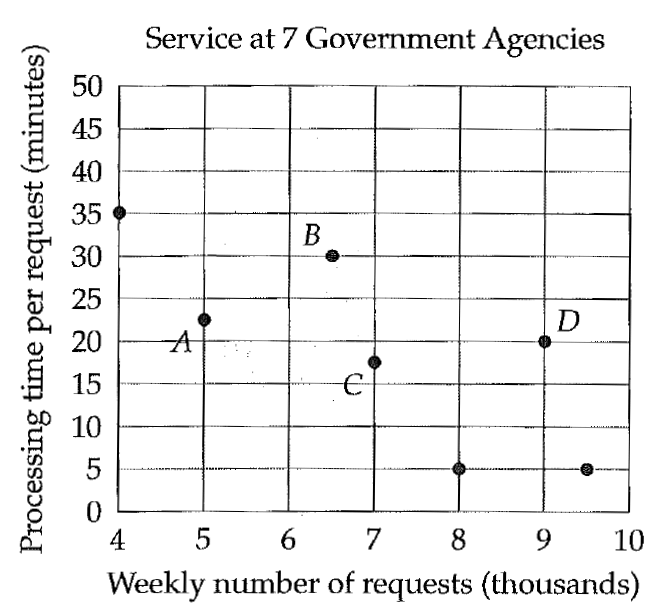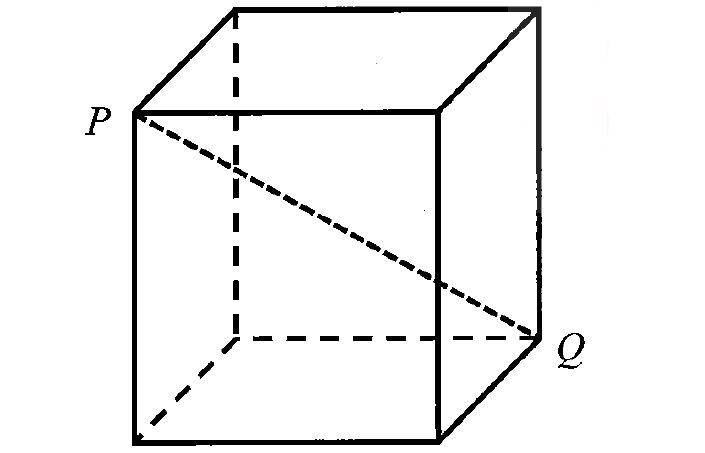HOW TO TELL IF A SYSTEM IS CONSISTENT OR INCONSISTENT
- Consistent system of equations have at least one solution.
- Inconsistent system of equations have no solution.
To apply the concept given below, the given equations will be in the form
a1x + b1y + c1 = 0
a2x + b2y + c2 = 0
(i) a1/a2 ≠ b1/b2, we get a unique solution
(ii) a1/a2 = a1/a2 = c1/c2, there are infinitely many solutions.
(iii) a1/a2 = a1/a2 ≠ c1/c2, there is no solution
Discussing Nature of Solution of System of Linear Equations - Examples
On comparing the ratios a₁/a₂, b₁/b₂ and c₁/c₂, find out whether the following pair of linear equations are consistent or inconsistent.
Example 1 :
3 x + 2 y = 5 and 2 x - 3 y = 7
Solution :
3 x + 2 y – 5 = 0
2 x - 3 y - 7 = 0
From the given equations, let us find the values of a1, a2, b1, b2, c1 and c2
a1 = 3, b1 = 2, c1 = -5
a2 = 2, b2 = -3, c2 = -7
a1/a2 = 3/2 -------(1)
b1/b2 = 2/3 -------(2)
c1/c2 = -5/-7 = 5/7 -------(3)
This exactly matches the condition a₁/a₂ ≠ b₁/b₂.
Hence the system of equations is consistent.
Example 2 :
2 x - 3 y = 8 and 4 x - 6 y = 9
Solution :
2 x - 3 y – 8 = 0
4 x - 6 y -9 = 0
From the given equations, let us find the values of a1, a2, b1, b2, c1 and c2
a1 = 2, b1 = -3, c1 = -8
a2 = 4, b2 = -6, c2 = -9
a1/a2 = 2/4 = 1/2 -------(1)
b1/b2 = (-3)/(-6) = 1/2 -------(2)
c1/c2 = -8/(-9) = 8/9 -------(3)
This exactly matches the condition a₁/a₂ = b₁/b₂ ≠ c₁/c₂
From this we can decide that the two lines are parallel. It means these two lines will not intersect each other. So it is inconsistent.
Example 3 :
(3/2) x + (5/3) y = 7 and 9 x - 10 y = 14
Solution :
(3/2) x + (5/3) y – 7 = 0
9 x - 10 y – 14 = 0
From the given equations, let us find the values of a1, a2, b1, b2, c1 and c2
a1 = 3/2, b1 = 5/3, c1 = -7
a2 = 9, b2 = -10, c2 = -14
a1/a2 = (3/2) / 9 = 1/6 -------(1)
b1/b2 = (5/3)/(-10) = -1/6 -------(2)
c1/c2 = -7/(-14) = 1/2 -------(3)
This exactly matches the condition a₁/a₂ ≠ b₁/b₂
From this, we can decide the two lines are intersecting. So it is consistent.
Example 4 :
(4/3) x + 2 y = 8 and 2 x + 3 y = 12
Solution :
(4/3) x + 2 y – 8 = 0
2 x + 3 y – 12 = 0
From the given equations, let us find the values of a1, a2, b1, b2, c1 and c2
a1 = 4/3, b1 = 2, c1 = -8
a2 = 2, b2 = 3, c2 = -12
a1/a2 = (4/3) / 2 = 2/3 -------(1)
b1/b2 = 2/3 -------(2)
c1/c2 = -8/(-12) = 2/3 -------(3)
This exactly matches the condition a₁/a₂ = b₁/b₂ = c₁/c₂
From this we may decide the two lines are coincident. So it is consistent.
Kindly mail your feedback to v4formath@gmail.com
We always appreciate your feedback.
©All rights reserved. onlinemath4all.com
Recent Articles
-
Digital SAT Math Problems and Solutions (Part - 153)
Apr 29, 25 12:18 PM
Digital SAT Math Problems and Solutions (Part - 153) -
Digital SAT Math Problems and Solutions (Part - 152)
Apr 28, 25 11:54 AM
Digital SAT Math Problems and Solutions (Part - 152) -
Digital SAT Math Problems and Solutions (Part - 151)
Apr 26, 25 11:18 AM
Digital SAT Math Problems and Solutions (Part - 151)

